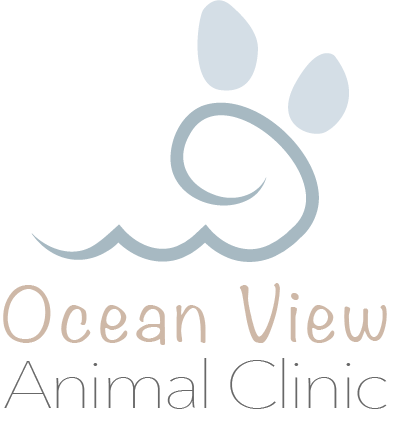Library
-
Coonhound paralysis is a sudden inflammation of multiple nerve roots and peripheral nerves in dogs, and occasionally cats. It can be caused by an immune reaction to raccoon saliva. It can also occur in dogs who have not encountered a raccoon. In this case, it is called acute idiopathic polyradiculoneuritis, and its cause is often unknown. Dogs with coonhound paralysis start out with a stiff-legged gait that rapidly progresses to paralysis of all four legs. Good nursing care is essential for recovery.
-
Corkscrew tail, also known as screw tail or ingrown tail, is a vertebral malformation that commonly occurs in certain dog breeds. Corkscrew tail is commonly observed in English Bulldogs, Pugs, Boston Terriers, and French Bulldogs, although it may also occur in other breeds. Corkscrew tail is an inherited condition. There is nothing that you can do to prevent your dog from developing corkscrew tail, but there are measures breeders can take to reduce the incidence of corkscrew tail in their litters.
-
Corneal dystrophy is a term used to describe several conditions that occur in dogs and cause the corneas to become opaque. There are three major categories of corneal dystrophy: epithelial, stromal, and endothelial. Each is named by the anatomic location of the abnormal tissue and opacity.
-
Corneal lipidosis is an accumulation of fatty substances within the cornea. This is caused by genetics (corneal dystrophy), eye inflammation (corneal degeneration), or by an increase in circulating lipids in the body (hyperlipidemia). Visually, lipidosis appears as a sparkly or shiny area of the cornea. It is diagnosed by a thorough eye exam, bloodwork, and patient history. Treatment and prognosis will depend on the cause and may include treatment of underlying inflammatory conditions of the eye, or systemic treatment of elevated lipid blood levels.
-
Ulcerative keratitis is inflammation in the cornea of the eye. The signs of ulcerative keratitis depend somewhat on the cause and how long the condition has been present. There are many potential causes of ulcerative keratitis, including trauma, infection, and abnormal tear production. Antibiotic ointment or drops will be prescribed and it is important to prevent additional trauma to the cornea. Superficial corneal ulcers typically heal within 5 to 7 days. Deeper or more complicated ulcers may take several weeks to heal and may require surgery in addition to medical treatment.
-
Ulcerative keratitis is a kind of inflammation that occurs in the cornea of the eye with a corneal ulcer. Some breeds seem to develop them more commonly, particularly breeds with short muzzles and prominent eyes like pugs and Boston terriers. There are many potential causes of ulcerative keratitis, including trauma, infection, and abnormal tear production. Antibiotic ointment or drops will be prescribed, and it is important to prevent additional trauma to the cornea. Superficial corneal ulcers typically heal within 5 to 7 days.
-
This handout outlines corneal ulcers in cats, a painful eye condition often resulting from trauma. Other causes, clinical signs, diagnostic testing, and treatment options are also explained.
-
The cornea is the transparent, shiny membrane that makes up the front of the eyeball. With a corneal ulcer, fluid is absorbed from the tears into the stroma, giving a cloudy appearance to the eye. The most common cause of a corneal ulcer is trauma. Less common causes of corneal ulcers include bacterial infections, viral infections, and other diseases.
-
Corns are specific types of bruises of the sole, specifically occurring at the angle of the sole between the hoof wall and the bars, i.e., at the 'seat of corn', most commonly affecting the medial (inside) aspect of the front feet.
-
COVID-19 is a disease caused by the coronavirus SARS-CoV-2. Current evidence suggests that person-to-person spread is the main source of infection. While there is evidence of transmission from humans to dogs and cats, it does not appear common. If you suspect that you are ill with COVID-19, you should take the same precautions with your pet as you would with people.
